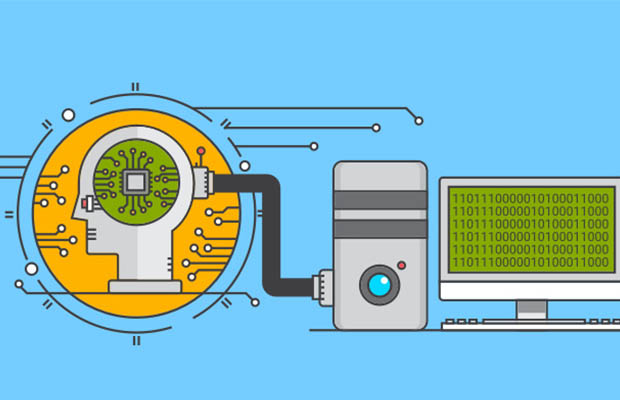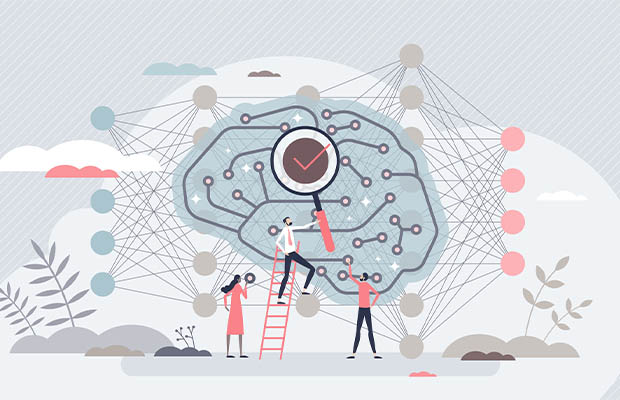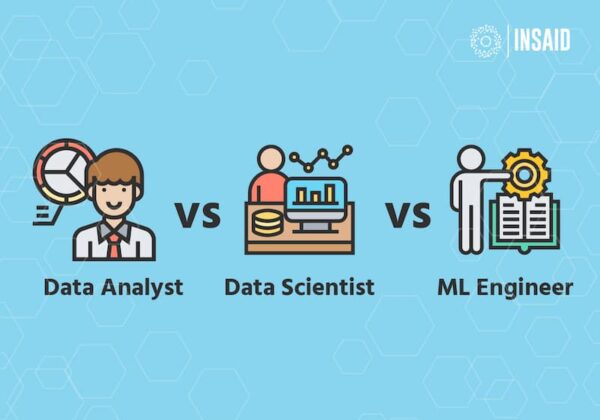Machine learning techniques like boosting are used to cut down on errors in the analysis of predictive data. On the basis of labeled data, data scientists train machine learning models, or machine learning software, to infer information from unlabeled data.
First, a model is created using the training data. The second model is then constructed in an effort to fix the errors in the first model. Up until the full training data set is correctly predicted, this process is repeated, and models are added up to their maximum number.
What is boosting in machine learning, the different kinds of boosting, and how it functions will all be the main topics of this blog.
Related Reading: What Is Active Learning In Machine Learning?
Table of Contents
What Kinds Of Boosting Are There?
The three most common forms of boosting are as follows:
Adaptive Boosting
One of the first models for boosting that was created was adaptive boosting (AdaBoost). Every time the boosting process is repeated, it adjusts and makes an effort to self-correct.
Each dataset receives the same initial weight from AdaBoost. Following each decision tree, it then automatically modifies the weights of the data points. To correct them for the next round, it gives more weight to items that were incorrectly classified. The procedure is repeated until the residual error, or the discrepancy between the actual and predicted values is below a desirable level.
AdaBoost is versatile and generally less sensitive than other boosting algorithms. It can be used with a wide variety of predictors. When features are correlated or the data is highly dimensional, this method does not perform well. AdaBoost is a type of boosting that is generally appropriate for classification issues.
Gradient Boosting
As a sequential training method, gradient boosting (GB) is comparable to AdaBoost. AdaBoost and GB differ in that GB do not give incorrectly classified items more weight. GB software, on the other hand, optimizes the loss function by generating base learners in a sequential manner, ensuring that the current base learner is always more effective than the previous one. Unlike AdaBoost, this approach aims to produce accurate results at the beginning rather than fixing mistakes as they occur. Because of this, GB software can produce results that are more precise. Both classification-based and regression-based issues can benefit from gradient boosting.
Extreme Gradient Boosting
For computational speed and scale, Extreme Gradient Boosting (XGBoost) significantly enhances gradient boosting. For training, XGBoost makes use of the CPU’s multiple cores to enable parallel learning. Large datasets can be handled by this boosting algorithm, which makes it appealing for use in big data applications. Parallelization, distributed computing, cache optimization, and out-of-core processing are some of XGBoost’s standout characteristics.

Why Is Boosting In Machine Learning Important?
We need more sophisticated techniques to solve complex problems. Let’s imagine that you were asked to create a model that can categorize a data set of images into two distinct classes based on whether the images were of cats or dogs. Like everyone else, you’ll begin by recognizing the images using the rules listed below:
- There are erect ears in the image: Cat
- The picture has cat-like eyes: Cat
- The limbs in the image are larger: Dog
- The picture has claws that are honed: Cat
- The mouth in the image is more pronounced: Dog
Each of these rules helps us determine whether a picture is of a dog or a cat, but if we only used one rule to categorize an image, the prediction would be incorrect. Because they can’t reliably identify an image as a cat or a dog, each of these rules is referred to as a weak learner.
Therefore, by combining the predictions from each of these weak learners, we can ensure that our prediction is more accurate. To do this, we can use the majority rule or weighted average. As a learner model, this is effective.
In the aforementioned illustration, five weak learners have been defined, and the majority of these rules (i.e. 3 out of 5 learners predict the image as a cat) give us the prediction that the image is a cat. A cat is a result, therefore.
Boosting: How Does It Operate?
Let’s talk about how machine learning models decide things in order to comprehend how boosting functions. Data scientists frequently use boosting with decision-tree algorithms, despite the wide range of implementations:
Decision Trees
Decision trees are machine learning data structures that break the dataset down into ever-smaller subsets based on their features. Decision trees are supposed to repeatedly divide the data into classes until only one is left. For instance, the tree might categorize the data at each stage and pose a series of yes-or-no questions.
Boosting Ensemble Method
By sequentially combining several weak decision trees, boosting develops an ensemble model. It gives each tree’s output a weighted score. Correct classifications from the first decision tree are then given a higher weight and are used as input in the second tree. These weak prediction rules are eventually combined into a single, strong prediction rule by the boosting method after many cycles.
Boosting Compared To Bagging
Boosting and bagging are two popular ensemble techniques that raise prediction accuracy. The training approach is the main distinction between these learning strategies. By training a large number of weak learners simultaneously on numerous datasets, data scientists can bag weak learners’ accuracy. In contrast, boosting develops each weak learner individually.
Advantages Of Boosters In Machine Learning
The following are the main advantages of boosting:
Ease Of Implementation
Algorithms in Boosting are simple to comprehend and interpret and are designed to learn from errors. These algorithms already have routines in place to deal with missing data, so no preprocessing of the data is necessary. Additionally, the majority of programming languages come with built-in libraries that can be used to implement performance-tuning boosting algorithms with a variety of parameters.
Reduction Of Bias
Inaccurate or uncertain results from machine learning are referred to as bias. Boosting algorithms combine several weak learners in a sequential manner, improving observations iteratively. The common high bias in machine learning models is lessened by using this method.
Computational Efficiency
Boosting algorithms give preference during training to features that improve predictive accuracy. They can aid in the reduction of data attributes and the effective management of large datasets.
Difficulties With Boosting In Machine Learning
Common boosting mode restrictions include the following:
Vulnerability To Outlier Data
Boosting models are susceptible to outliers, or data values that are unusual compared to the rest of the dataset. Outliers can greatly skew results because every model tries to fix the flaws of its forerunner.
Real-time Implementation
Because boosting is a more complex algorithm than other processes, you might find it difficult to use it for real-time implementation. Since boosting methods are highly adaptable, you can use a wide range of model parameters to instantly change the performance of the model.




